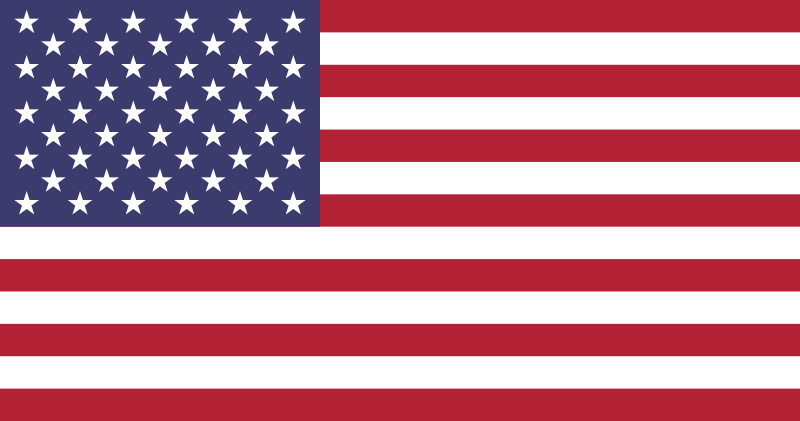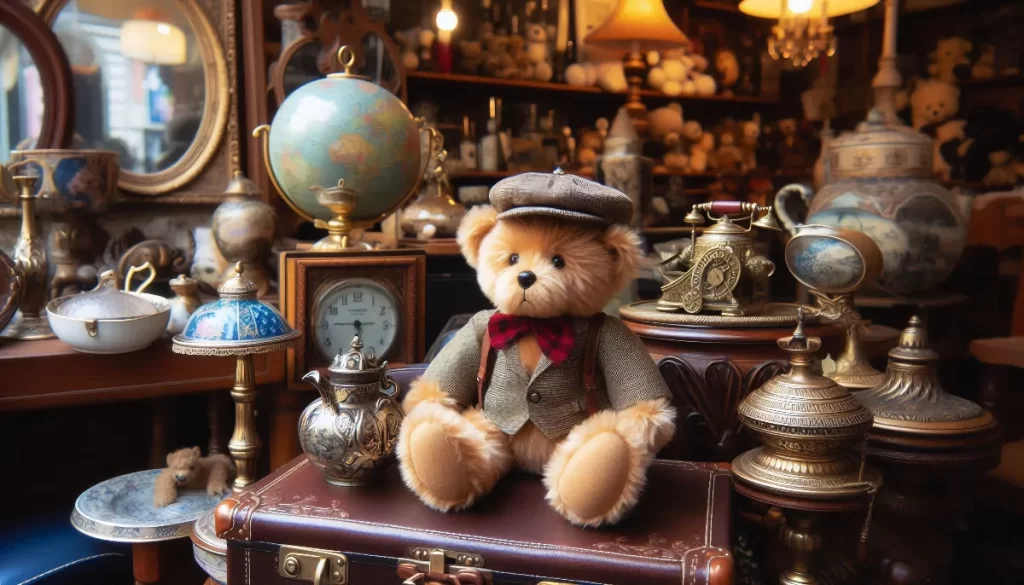Plushies
The History of Plush Toys: From Traditional Materials to Modern Comfort
Introduction
The history of plush toys is more than just a story about soft animals — it’s a story about comfort, invention, and memory. For generations, plush toys have been companions in childhood, heirlooms across decades, and symbols of affection in every form. But behind their familiar faces lies a fascinating evolution: one shaped by the changing materials used in plush toys.
From straw-stuffed animals sewn by hand to silky mohair teddy bears prized by collectors, the materials tell us just as much as the toys themselves. They reflect eras of craftsmanship, industrial change, wartime scarcity, and technological progress. Each phase in the evolution of plush toys reveals not only how they were made — but why they mattered.
This article traces the journey of plush toys through their physical makeup — the fabrics, fillers, and fibers that brought them to life. Whether you’re a collector of vintage plush toys, a fan of traditional stuffed animals, or simply curious about the soft friend you once held as a child, understanding the materials is a gateway to appreciating their enduring magic.
Early Handmade Toys – Cloth, Straw, and Simplicity
The earliest chapters in the history of plush toys were humble and handmade. Long before factory production lines or synthetic stuffing, traditional stuffed animals were sewn at home or in small workshops using whatever materials were available. These first plush toys were far from today’s silky-smooth companions, but they were no less loved.
In the 1800s, common materials used in plush toys included scraps of cotton or wool fabric for the outer layer, and straw, rags, or even horsehair for stuffing. While coarse and rudimentary by today’s standards, these early toys served an essential role: they offered comfort in a world that often lacked it. A child might sleep beside a roughly stitched bear filled with wood wool (excelsior), or carry a lumpy cloth doll from morning to bedtime.
The imperfections didn’t matter. These toys weren’t mass-produced — they were gifts of time, care, and resourcefulness. And for many children, they became the first objects of emotional attachment — proof that softness didn’t require perfection, only presence.
As the 19th century progressed, the growing middle class and improved textile production allowed more families to create or purchase plush toys. But it wasn’t until the turn of the 20th century that plush toys would begin to transform — both in material and in meaning.
The Mohair Era – Luxury and Lifelike Texture
The dawn of the 20th century marked a turning point in the evolution of plush toys, ushering in what many collectors now consider the golden age. At the heart of this shift was a single, remarkable material: mohair.
Made from the hair of the Angora goat, mohair possessed a soft, slightly glossy texture that gave toys a lifelike appearance — supple, durable, and touchably luxurious. When German toymaker Richard Steiff used it to produce one of the first commercially successful teddy bears in 1902, the game changed forever. These mohair teddy bears weren’t just children’s companions — they were art.
Steiff’s bears quickly became internationally popular, especially after one was gifted to U.S. President Theodore Roosevelt and affectionately dubbed the “Teddy Bear.” From that moment, plush toys weren’t just homemade curiosities — they were cultural icons.
Mohair remained the gold standard for premium plush through much of the early 20th century. Its unique texture and durability made it a favorite among both children and adults. Today, original vintage plush toys made from mohair are highly collectible, prized not just for their rarity but for the craftsmanship and charm they still exude.
Mohair bears didn’t just represent softness — they represented status, care, and a level of material detail that connected toys to tradition and fine workmanship.
Natural Fillings – Wool, Cotton, and Kapok
As plush toys gained popularity in the early 20th century, not all were made from mohair and luxury-grade finishes. For the everyday child, more accessible materials used in plush toys emerged — ones that balanced comfort with practicality. These included wool, cotton, and a lesser-known plant fiber: kapok.
Wool and cotton were the workhorses of the era, widely available and easy to work with. Cotton made for a soft but sturdy outer fabric, while wool was often used in the stuffing or to form textured features like noses, manes, or paws. These traditional stuffed animals retained the handmade charm of earlier toys, even as manufacturing became more widespread.
But it was kapok — a silky, buoyant fiber harvested from the seed pods of tropical trees — that marked a subtle revolution. Light, resilient, and naturally hypoallergenic, kapok became a popular stuffing material throughout the mid-1900s. Unlike straw or wool, kapok gave toys a cloud-like softness without compromising structure. It allowed bears, bunnies, and dolls to feel more huggable — more alive.
Toys from this era have a distinct presence: not just visually, but emotionally. They feel rooted. When held today, these vintage plush toys carry a tactile memory of a time when softness was a rarity, not a given — and when the choice of filling shaped the personality of the toy itself.
Synthetic Plush – The Modern Era Begins
The post-war years brought a wave of optimism, industrial growth — and plastics. With them came the next phase in the evolution of plush toys: synthetics. Polyester fiberfill, acrylic plush, nylon threads, and foam inserts became the new normal. These materials used in plush toys changed not just how they were made, but what they felt like — both physically and emotionally.
Unlike the warm scratch of wool or the silky drag of mohair, synthetic plush was smooth, springy, and above all — cheap. Polyester stuffing replaced kapok almost overnight. It was washable, resilient, and allergen-resistant, making it ideal for mass production and child safety. Outer fabrics followed suit. Acrylics mimicked fur more affordably. Velboa, fleece, and microfiber emerged, giving toys their now-familiar uniform softness.
This era gave rise to the mainstream plush toy industry as we know it: brightly colored, safe, affordable, and everywhere. Teddy bears, cartoon mascots, and branded characters flooded shelves in malls, grocery stores, and vending machines.
But something was lost in the transition. The slight imperfections of handmade toys, the coarse texture of mohair, the deliberate weight of cotton stuffing — these gave way to air-light fluff and factory precision. For many, the charm of old-world vintage plush toys was replaced by the efficiency of modern design.
Still, these synthetic marvels had their place. They made plush toys universal — not precious heirlooms, but accessible friends for every child, in every home.
Revival and Nostalgia – The Return of Traditional Craft
In an age of touchscreen toys and digital distractions, something unexpected has happened: a quiet return to softness with soul. Across artisan studios, boutique brands, and online marketplaces, makers and collectors are reviving the art of traditional stuffed animals — not just in form, but in feel.
Driven by nostalgia, sustainability, and a hunger for craft, today’s creators are once again embracing the materials used in plush toys of the past. Mohair teddy bears are back — hand-stitched, jointed, and intentionally imperfect. Wool-stuffed rabbits with button eyes sit beside felt animals cut and sewn by hand. Cotton, linen, and even reclaimed fabrics are being used to create plush toys that feel personal — not mass-produced.
For collectors, this revival offers a rare chance: not only to acquire beautiful vintage plush toys, but to support living traditions. These toys are often built with techniques unchanged in over a century. Their value isn’t just in durability, but in narrative — a connection to a slower, more intentional world.
And for parents seeking toys that teach presence and emotional grounding, these old-new creations offer an antidote to the disposable. They invite quiet play, storytelling, and gentle care — the very things plush toys were always meant to inspire.
In reclaiming the past, we aren’t resisting progress — we’re choosing meaning over mass production, and memory over novelty. The thread has never really broken — we’re just weaving it back in.
Conclusion – Softness as Legacy
The history of plush toys is not just a record of shifting materials — it’s a chronicle of human tenderness. Each change in fabric, filling, and form reflects something deeper: the desire to comfort, to protect, to offer softness in a world that isn’t always kind.
From the straw-filled rabbits of the 1800s to the glossy mohair bears of early collectors… from the synthetic plush of supermarket shelves to the handmade woolen lambs stitched lovingly in modern homes — each toy tells a story. Of a child, a memory, a moment held tightly in the night.
The materials used in plush toys may have evolved, but their purpose has remained remarkably constant: to bring closeness, imagination, and emotional grounding to generations young and old.
To trace the evolution of plush toys is to realize they were never merely objects. They were — and are — vessels for comfort, icons of innocence, and quiet keepers of our softer selves.
So whether you cradle a beloved vintage plush toy or gift a traditional stuffed animal made anew, know that you are participating in a legacy far greater than fluff and fabric. You’re holding history — and letting it breathe again.


